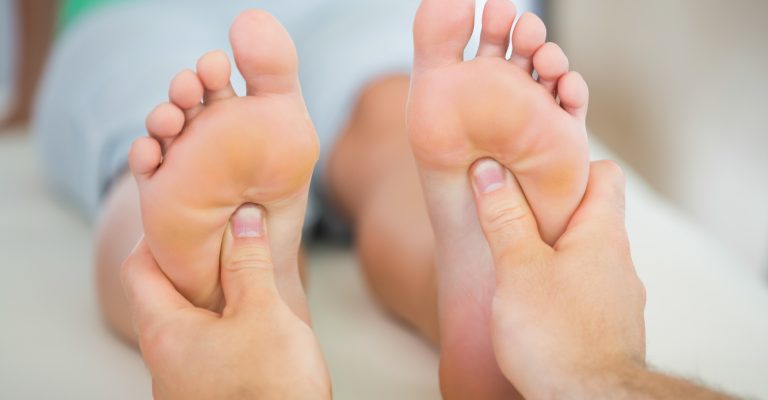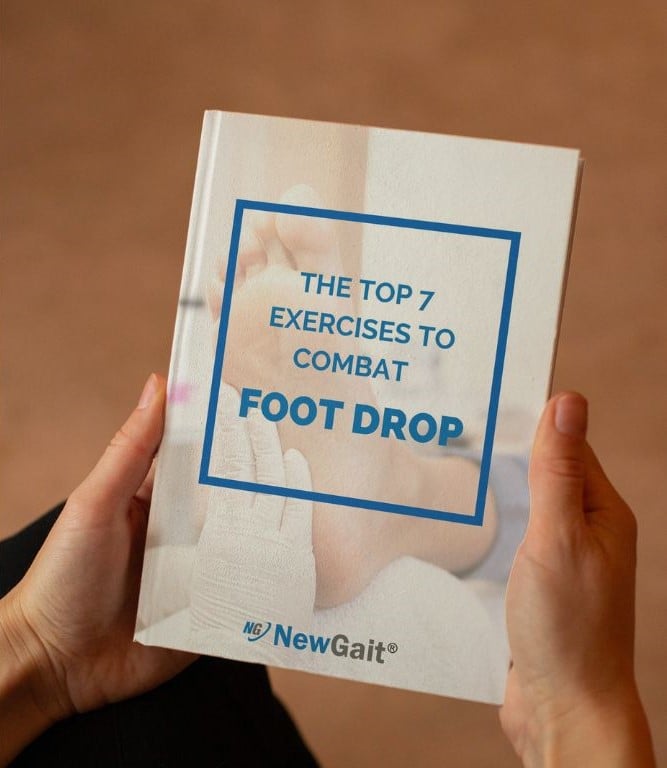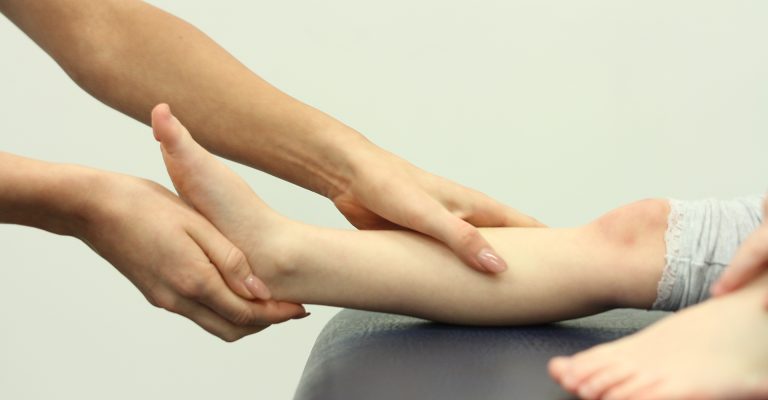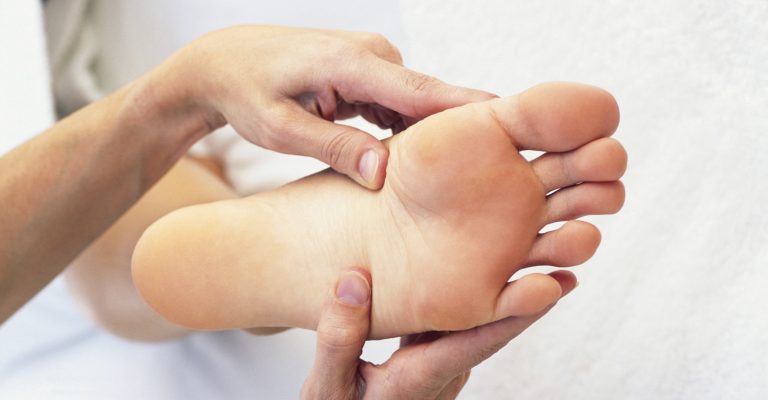

Enter your email below to get our free ebook on the Top 7 Exercises to Combat Foot Drop. You'll learn simple exercises to strengthen your muscles, improve balance, and reduce symptoms.
Thanks for signing up for our free ebook on the Top 7 Exercises to Combat Foot Drop! We've sent the download link to your email address, so check your inbox (and spam folder, just in case) to access it.
We hope our ebook is helpful for you in managing your foot drop symptoms. And if you're interested in our foot drop products, feel free to browse our website for more information.
Best regards,
NewGait
Imagine a life where each step you take is filled with confidence and strength, and the simple act of walking is a testament to your resilience and determination. If you or someone you know is grappling with a foot drop, a condition that hinders the natural movement of your foot, then this blog post is your beacon of hope.
Get ready to take that first step towards regaining control over your activities and unleashing a newfound sense of freedom. It’s time to rise above foot drop and embark on an extraordinary adventure towards reclaiming your mobility. Are you ready? Let’s dive in.
Physical therapy exercises can help manage foot drop and improve strength and function. Here are some effective at-home physical therapy exercises for foot drop:
Hip external and internal rotation exercises can benefit individuals with foot drop. These exercises focus on strengthening the muscles around the hip joint, which can help improve foot and ankle control during walking and other activities.
The significance of hip external and internal rotation exercises for foot drop lies in their ability to address the underlying muscle imbalances and weakness contributing to the condition. By targeting the hip muscles, such as the gluteus medius, gluteus maximus, and deep external rotators, these exercises can enhance stability, improve gait mechanics, and promote better foot control.
The technique for performing hip external and internal rotation exercises can vary, but here are a few examples:
These exercises aim to improve hip mobility and strengthen the hip muscles, which can help compensate for the lack of foot dorsiflexion. Here’s how you can perform hip rotation slides for foot drop:
Perform 2 to 3 sets of hip rotation slides on each leg, gradually increasing the number of repetitions as you become more comfortable with the movement.

By practicing single-leg stance, foot drop patients can work on several essential aspects:
Balance and Stability: The exercise challenges the patient to maintain their balance on one leg, which helps strengthen the muscles responsible for stability. Improved balance can prevent falls and enhance confidence during daily activities.
Strengthening the Affected Leg: During a single-leg stance, the muscles in the affected leg and ankle are engaged to maintain balance. Regular practice can help strengthen these muscles, which may have weakened due to foot drop.
Here’s how to perform a single-leg stance exercise:
If needed, you can lightly touch the chair or countertop for support but try to gradually decrease reliance on it as you gain stability.

Ankle dorsiflexion is a significant movement that allows the foot to lift toward the shin. It is crucial for normal walking because it helps clear the foot during the swing phase of the gait cycle. In individuals with foot drop, ankle dorsiflexion is often compromised, leading to difficulty lifting the foot and toes off the ground while walking.
Here are different ways to do it:
Physical therapy exercises are essential in improving the affected muscles’ strength, flexibility, and coordination to address foot drop. One exercise that can be beneficial is called “toe raise negatives.” Here’s how you can perform this exercise:
The purpose of toe raise negatives is to strengthen the muscles responsible for lifting the front part of the foot, such as the anterior tibialis muscle. By gradually lowering the toes, you engage these muscles eccentrically, which can help improve their strength and function over time.
These techniques aim to improve the control and function of the ankle and foot, facilitating a more natural and functional gait pattern. Here’s a breakdown of their significance, technique, and frequency of practice:
It is recommended to perform ankle eversion exercises two to three times daily, with a target of 10 to 15 repetitions per session. However, the frequency and repetitions may vary depending on individual needs and the guidance of a healthcare professional or physical therapist.
Similar to ankle eversion, ankle inversion exercises are typically performed two to three times a day. Aim for 10 to 15 repetitions per session or as a healthcare professional or physical therapist advises.
Improvements in foot and lower-extremity mobility may be achieved by continuous, regular exercise that “rewires” the brain. In addition to foot drop exercises, patients might benefit from various methods, such as electrical stimulation, balance, and walking rehabilitation, to expedite their rehabilitation. Patients with significant foot drop have many treatment options, including passive exercise, progressive strengthening, and eventual AFO or surgical intervention.